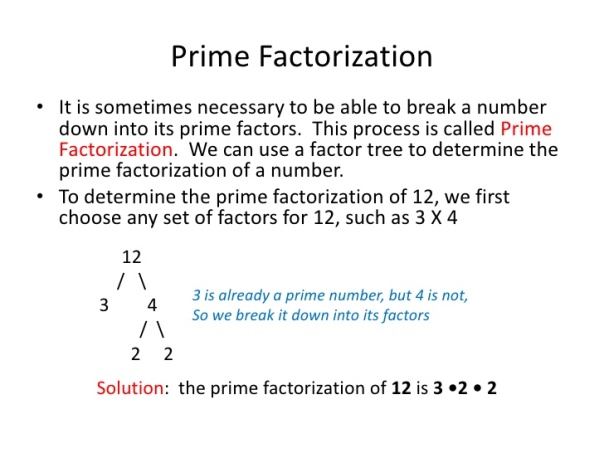Grade 5 Math
You can show the value of numbers in:
*standard form (ex. 2 456)
*expanded form (ex. 2000+400+50+6)
*and written form (ex. two thousand four hundred fifty-six).
![]()
Click on the picture above and use base-ten blocks online! This helpful tool allows you to see the value of numbers. You can also use this site to review standard form, written form, and expanded form!


Multiplying Numbers by 0.1, 0.01, and 0.001
(Tenths, Hundredths, and Thousandths)
This video will explain how to multiply numbers by tenths, hundredths, and thousandths.
Multiplying by a Tenth (0.1)
One tenth is the same as  (0.1). When we multiply any number by 0.1, the product will be one tenth (10 times smaller) of its original size.
(0.1). When we multiply any number by 0.1, the product will be one tenth (10 times smaller) of its original size.
That is why the decimal moves one place to the left. See the examples below.
Examples:
a) 0.1 x 100 = 10 (one tenth x 100 = 10)
b) 0.1 x 24 = 2.4 (one tenth x 24 = 2.4)
c) 0.1 x 1.3= 0.13 (one tenth x 1.3 = 0.13)
Test it yourself:
Step 1: Take out a calculator, or click here for an online calculator
Step 2: Type in any number
Step 3: Multiply that number by 0.1
Step 4: Notice the decimal move one place to the left
Multiplying by a Hundredth (0.01)
One hundredth is the same as  (0.01). When we multiply any number by 0.01, the product will be one hundredth (100 times smaller) of its original size.
(0.01). When we multiply any number by 0.01, the product will be one hundredth (100 times smaller) of its original size.
That is why the decimal moves two places to the left. See the examples below.
Examples:
a) 0.01 x 1000 = 10 (one hundredth x 1000 = 10)
b) 0.01 x 69 = 0.69 (one hundredth x 69 = 0.69)
c) 0.01 x 2.59 = 0.0259 (one hundredth x 2.59 = 0.0259)
Test it yourself:
Step 1: Take out a calculator, or click here for an online calculator
Step 2: Type in any number
Step 3: Multiply that number by 0.01
Step 4: Notice the decimal move two places to the left
Multiplying by a Thousandth (0.001)
One thousandth is the same as  (0.001). When we multiply any number by 0.001, the product will be one thousandth (1000 times smaller) of its original size.
(0.001). When we multiply any number by 0.001, the product will be one thousandth (1000 times smaller) of its original size.
That is why the decimal moves three places to the left. See the examples below.
Examples:
a) 0.001 x 10 000 = 10 (one thousandth x 10 000 = 10)
b) 0.001 x 2304 = 2.304 (one thousandth x 2304 = 2.304)
c) 0.001 x 2.9 = 0.0029 (one thousandth x 2.9 = 0.0029)
Test it yourself:
Step 1: Take out a calculator, or click here for an online calculator
Step 2: Type in any number
Step 3: Multiply that number by 0.001
Step 4: Notice the decimal move three places to the left
Multiplying Decimals

Still confused? Watch the example below. It will help you to tackle this problem step by step.
Rounding Whole Numbers
This video will help you to understand how rounding whole numbers works. It’s definitely worth a quick look!
Click the graphic above for a printable pdf of this hundreds chart.
Click here for a printable pdf version of a blank hundreds chart.
Patterning and Algebra
Examples of common questions:
a)Write out the first 10 numbers in this pattern.
Pattern Rule: Start at 1 and increase by 2 each time.
b) Use a pattern to find the sum (the total) of these numbers.
Answer:
a)
b) 20 x 5 =100 or 20+20+20+20+20=100
The sum of this pattern is 100.
Data Management
Bar Graphs

Important Reminders:
- Your bar graph should have a title (ex. Students Favourite Colours).
- The axis should be labeled (ex. colours and number of students).
- Make sure you choose an appropriate scale.
- It would be very difficult to read the data on the sample bar graph (posted above) if the scale had an interval of 50 (the scale increases by 50 each time – 50, 100, 150, 200).
- Bar graph scale should reflect the size of the greatest number in the data
Pictographs
Example: Apples Sold
Here is a pictograph of how many apples were sold at the local shop over 4 months:
Note that each picture of an apple means 10 apples (and the half-apple picture means 5 apples).
So the pictograph is showing:
-
In January 10 apples were sold
-
In February 40 apples were sold
-
In March 25 apples were sold
-
In April 20 apples were sold
For practice reading or interpreting pictographs click here.
To create your own pictograph online click here.
Prime Factorization

Click on the worksheet to discover which numbers are prime numbers on your own!
Okay, prime factorization sounds complicated 😯 :cry:. Thankfully, it’s not as scary as it sounds. Take a look at the video below, it will help you! 🙂
Practice using the worksheet below:
Prime Factorization Worksheet
Mean, Median, Mode, and Range
Click on the graphic above to view a video.
There are some cool tips and tricks in this video that will help you to remember the differences between mean, median, mode, and range. Learning the song at the end of the video will help you to understand and remember!





























